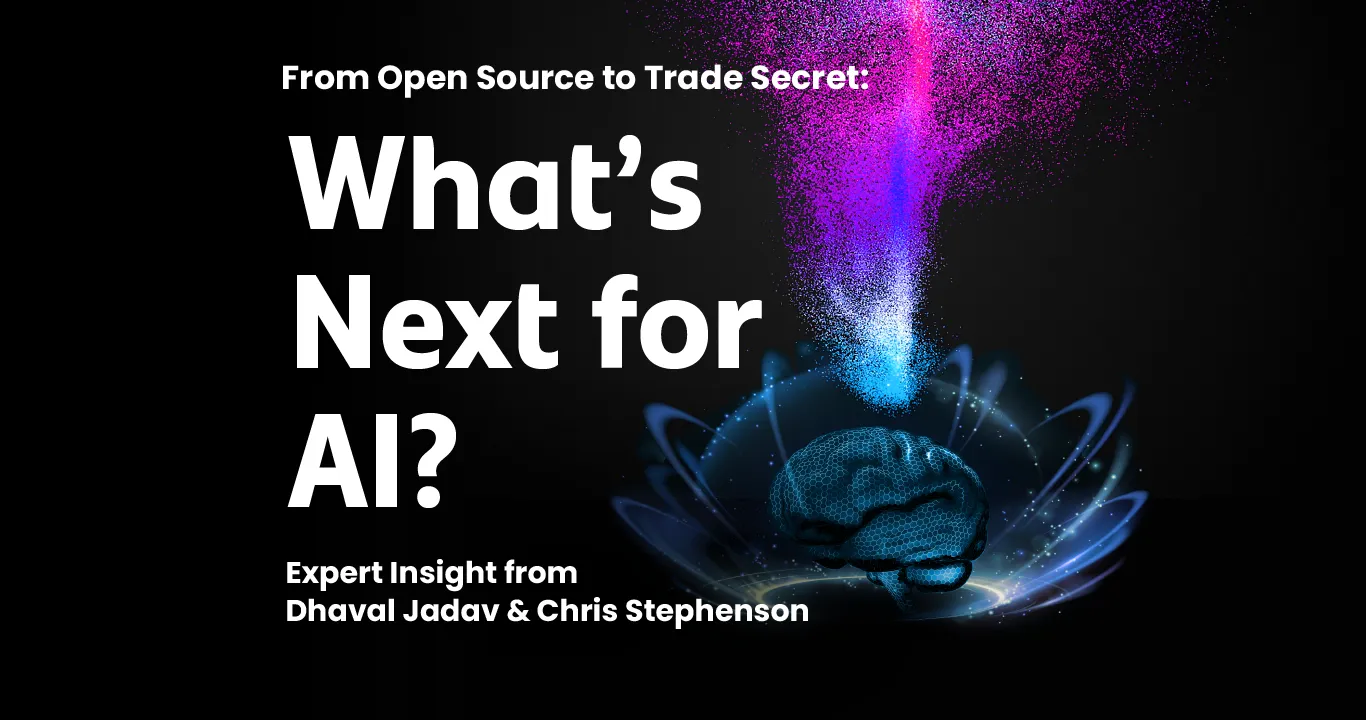If you have any questions about this article, please send us a message.
With inflated generative AI expectations giving way to let-down, IT leaders should consider specialized models, more realistic targets, and other forms of AI.
Generative AI has been hyped so much over the past two years that observers see an inevitable course correction ahead — one that should prompt CIOs to rethink their gen AI strategies.
But while whispers of a gen AI bubble grow louder, a full burst may not be in the offing, as many AI experts see investment continuing even after some IT leaders, among others, push back on the technology’s hype.
That possible bubble, however, could deflate a bit. Analyst firm Gartner’s well-known hype cycle sees gen AI already past the peak of inflated expectations and headed into the trough of disillusionment.
Gartner also recently predicted that 30% of current gen AI projects will be abandoned after proof-of-concept by 2025. Many of those gen AI projects will fail because of poor data quality, inadequate risk controls, unclear business value, or escalating costs, Gartner predicts.
Gen AI projects can cost millions of dollars to implement and incur huge ongoing costs, Gartner notes. For example, a gen AI virtual assistant can cost $5 million to $6.5 million to roll out, with a recurring annual budget hit of $8,000 to $11,000 per user.
Determining the ROI for “ubiquitous” gen AI uses, such as virtual assistants or intelligent chatbots, can be difficult, says Frances Karamouzis, an analyst in the Gartner AI, hyper-automation, and intelligent automation group.
A virtual assistant may save employees time when searching for old documents or composing emails, but most organizations have no idea how much time those tasks have taken historically, having never tracked such metrics before, she says.
Two out of three succeed
Gartner’s projections of failed gen AI projects are in line with what IBM is seeing, says Maryam Ashoori, director of product management for watsonx.ai at IBM. One in three companies abandon an AI use case following the pilot stage, but that means the other two see enough promise to follow through, she notes.
Operating profit gains from AI doubled to nearly 5% between 2022 and 2023, with the figure expected to reach 10% by 2025, she adds.
“Recognizing that generative AI is crucial to boost ROI and stay competitive, many companies are continuing to ramp up their investments, cutting through the hype to identify areas where AI can add genuine value,” she says.
Still, while investments will continue, other experts see a backlash building.
“The inflated expectations were so inflated from the early days and have kept on, and I think this is going to be a pretty deep trough of disillusionment,” says Chris Stephenson, managing director of intelligent automation, AI, and digital services at IT consulting firm alliantgroup, affirming Gartner’s hype cycle. “What comes up must come down.”
In the enterprise, huge expectations have been partly driven by the major consumer reaction following the release of ChatGPT in late 2022, Stephenson suggests. Meanwhile, “traditional” AI technologies in use at the time, including machine learning, deep learning, and predictive analysis, continue to prove their value to many organizations, he says.
“There are a lot of cool AI solutions that are cheaper than generative AI,” Stephenson says. “When we do planning sessions with our clients, two thirds of the solutions they need don’t necessarily fit the generative AI model. … Sometimes they are already solutions that are inside stacks that have nothing to do with AI.”
As the gen AI hype subsides, Stephenson sees IT leaders reevaluating their strategies in favor of other AI technologies.
Think broadly
Other AI experts see a shift toward specialized AIs in business settings.
“Specialized AIs, tailored to specific needs, offer more precise and effective solutions, delivering greater value and reliability for organizations,” says Hassan Uriostegui, CEO and co-founder of WakenAI, creator of emotional support AI tools. “However, foundational models will always have a place as the core backbone for the industry.”
Still, in the short term, some AI ventures that lack practical use cases may fail, he says. AI novelties, such as apps allowing users to create custom AI avatars, may not have a long shelf life, he suggests.
“The AI market is experiencing a correction, not a burst,” he says. “The industry may face a period of recalibration as unrealistic expectations are tempered with practical realities.”
Some backlash against the hype is likely, but gen AI will be a transformative technology in the long term, adds Hamza Tahir, CTO and co-founder of ZenML, an open-source MLOps startup.
“The current AI boom shares some characteristics with past tech bubbles, such as inflated expectations and lofty valuations,” Tahir says. “While the hype surrounding gen AI is undeniable, I believe the technology has the potential to transform industries and drive long-term value creation.”
Take a measured approach
As enterprises search for the long-term, transformational use cases for gen AI, many CIOs are under pressure from CEOs or board members to find value now, observers say.
CIOs should look beyond digital assistants and intelligent chatbots, instead focusing on strategic organizational goals and priorities, Tahir says. CIOs need to be able to articulate the business value and expected ROI of each project.
He also advises CIOs to foster a culture of continuous learning and upskilling to build internal AI capabilities. CIOs should first launch internal projects with low public-facing exposure, which can mitigate risk and provide a controlled environment for experimentation.
In addition, CIOs should consider fine-tuning existing AI models for specific use cases before spending money on training models from scratch, he adds. “This approach can often yield better results with less effort, allowing organizations to quickly realize the benefits of gen AI,” Tahir says.
With large tech companies still heavily investing in gen AI, CIOs will have plenty of opportunities to experiment, adds Stephenson. CIOs should first start by finding problems their organizations need to solve, then consider a wide range of technologies, not just gen AI.
“A lot of times, we try to step back from the loudest voice or just jamming an AI chatbot into a company, and say, ‘Let’s get all the ideas of where we have problems,’” he says. “You can go back to the board and show them what percent could be solved by generative AI, what percent could be solved by other AI solutions, and what part could be solved by technology that’s been around for a while.”
CIOs shouldn’t bet their livelihoods on a gen-AI-or-bust strategy, he adds. “Wade in carefully,” he says. “Don’t put all your eggs into one basket right away — get enough technology to put a pilot together and think about how to scale afterwards.”
Featured Leadership

Chris Stephenson is Managing Director of Intelligent Automation & AI at alliantgroup and was previously a Managing Principal at Grant Thornton.

Dhaval Jadav is Chief Executive Officer of alliantgroup, America’s leading consulting and management engineering firm, which helps American businesses overcome the challenges of today to prepare them for the world of the 22nd Century and beyond. Jadav co-founded the firm in 2002 to be unlike any other consultancy, with an emphasis on partnerships with clients to not only identify but also implement quantifiable solutions to their most critical concerns.
Since its inception, his passion to help and serve U.S. businesses (and their CPA firms) has resulted in alliantgroup investing tens of millions of dollars of the firm’s resources annually in knowledge development, learning and advocacy. To date, alliantgroup has infused 30,000+ clients with over $16 billion in cash to optimize their performance and accelerate growth of their businesses.



